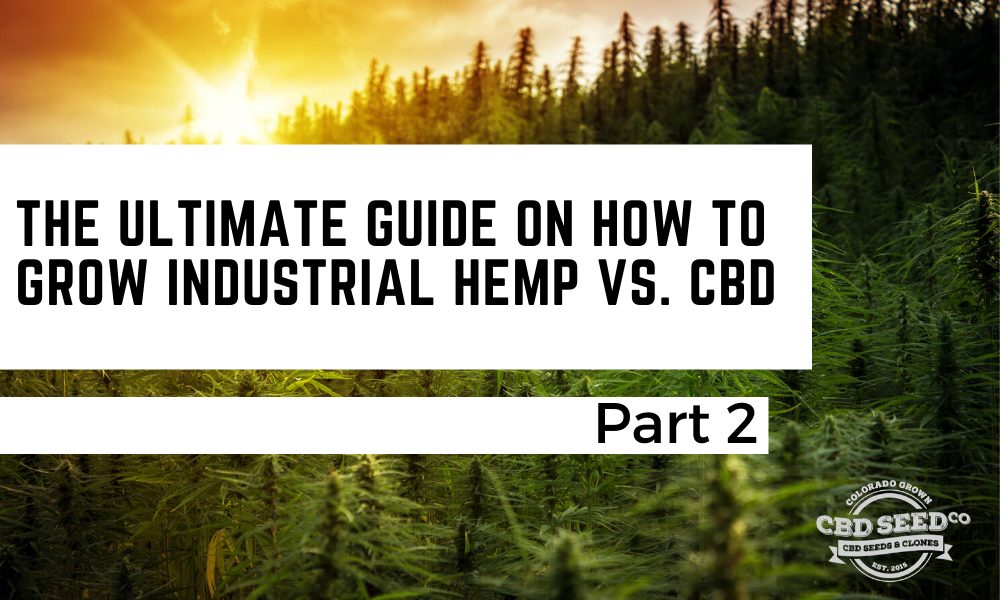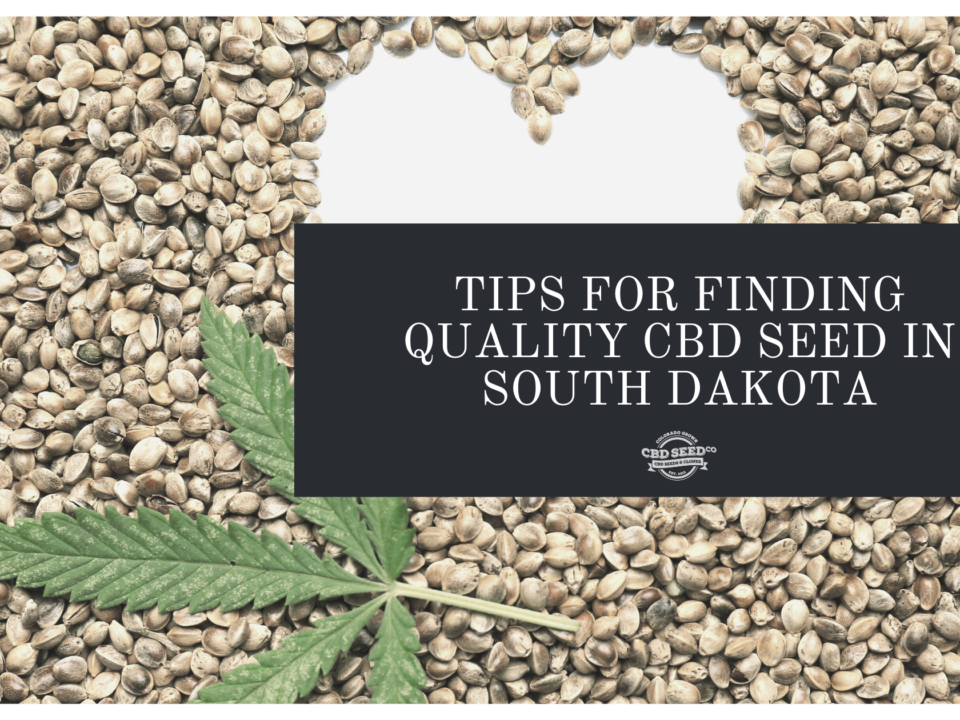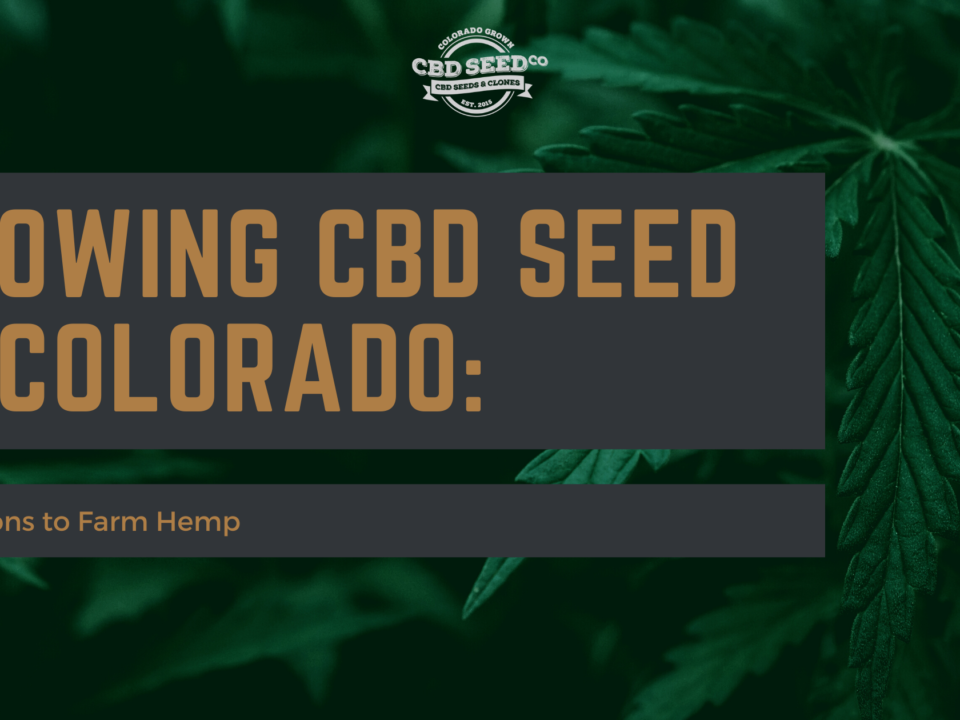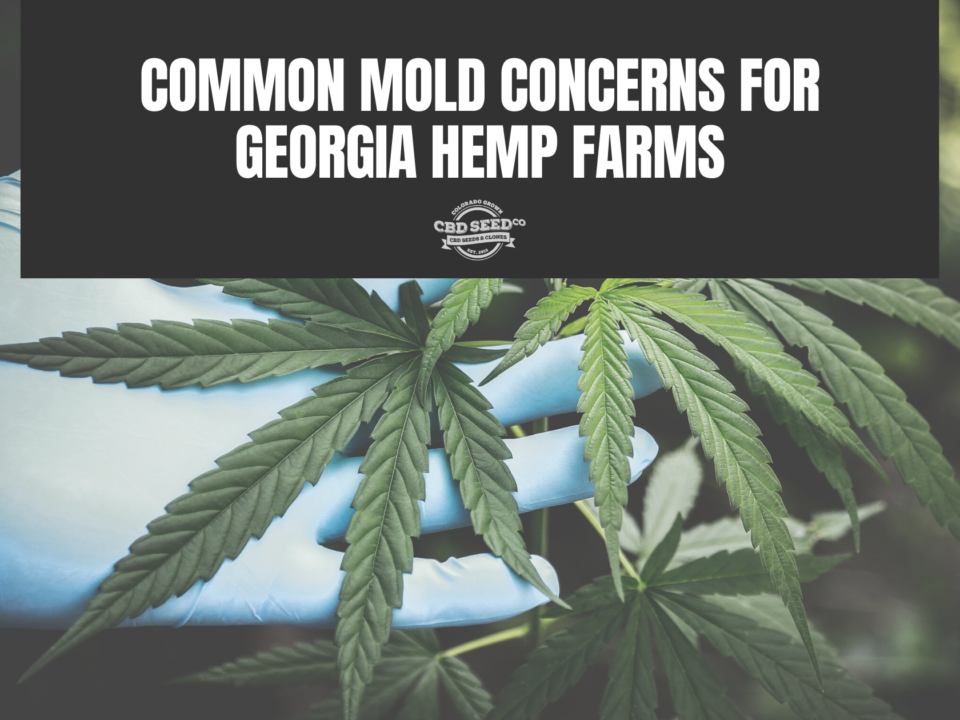The Ultimate Guide On How To Grow Industrial Hemp Vs. CBD Hemp Part 2:
The Ultimate Guide On How To Grow Industrial Hemp Vs. CBD Hemp Part 1
February 24, 2020
The Ultimate Guide On How To Grow Industrial Hemp Vs. CBD Hemp Part 3:
February 24, 2020In this 4 blog series, we look at how different planting methods apply to the different hemp plants: industrial fiber and High CBD hemp. We look at why you should plant each differently and how that will affect everything from watering to pest control.
The Planting Differences between Agricultural and High CBD Hemp
Just by looking at CBD plants and Industrial Hemp plants you can see why they would need to be planted differently. The tall industrial hemp plant grows straight up–like bamboo–and therefore can be planted much closer together than CBD plants can. The difference in their appearance paired with their end uses–both contribute to specific differences in planting practices. But as with all crops, these practices must all be adjusted and honed by your growing zone and personal experiences with your land. Below we have listed some general recommendations on how to plant both varietals or hemp (High CBD and Industrial Fiber).
Industrial Hemp Seed Planting Recommendations
Industrial hemp grown for fiber becomes mass-market products like fiber and plastics. Therefore the plant is grown for its long sinuous stem, not its flowers or seeds. This type of hemp plant has been grown for millennia by humans and has continued to grow across the world. It has only been banned in the USA since 1937. Since the stalks are tall and thin, fiber-grown hemp can be planted very close together compared to CBD hemp. A planting rate of 400,000 per acre is perfectly acceptable. Industrial hemp seeds are drilled in like wheat. Although industrial hemp does need proper soil conditions, compared to CBD hemp it needs a lot less water to survive. It is easier also when it comes to weeds because the soil gets shaded quickly when densely spaced. .If the proper varietal is planted, in balanced nitrogen levels–this crop needs almost no more intervention until harvest.
CBD Hemp Seed Planting Recommendations
High CBD hemp seeds are sown further apart than hemp grown for fiber. For CBD plants that are short and wide, you can plant anywhere from 1,000 to 4000 plants per acre–depending on what type of plant the seed will grow into. Depending on your zone you can plant CBD hemp seeds as early as May and, in some places, as late as July. CBD Hemp, especially, loves sunny, hot weather. Remember, the current regulations on hemp dictate it must be grown free of herbicides, insecticides or fungicides. CBD Hemp is the more demanding hemp. When it comes to water preferences, it needs more water and more saturated soil. But it does not like water pushed on it. Therefore, drip irrigation is a good idea and will reduce weeds. It requires labor across the entire growing season–especially if male seeds are used. Because they will need to be identified and removed before they pollinate the field. When pollination accidentally occurs there will be a diminished flower set and your overall CBD concentration will be lower.
NEXT UP: Harvest Time! In Part 3 of this 4 part blog series on the farming industrial hemp vs. High CBD hemp we will explore the different ways the mature plants are removed from the ground. We will look deeper into the challenges and the ever-evolving innovations that farmers and equipment companies have come up with the counter them as well.
CBD Seed CO For All Your Hemp Needs
A part of one of the nation’s largest and most successful vertically-integrated hemp companies–CBD Seed Co hub for all your hemp needs. From Seed to sale we have the products and know-how to accelerate your hemp business fast. Contact us today with questions on any aspect of the hemp business that interests you–we will be happy to work with you towards your success!





